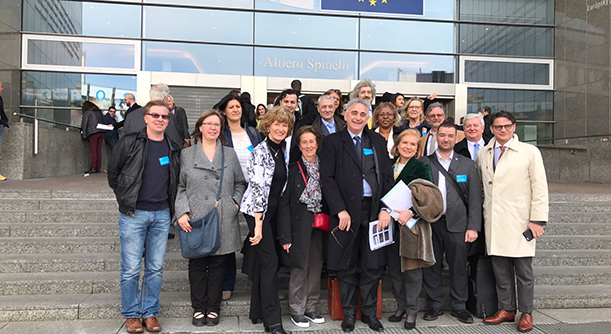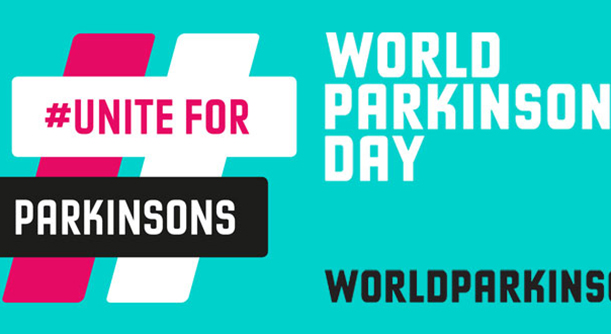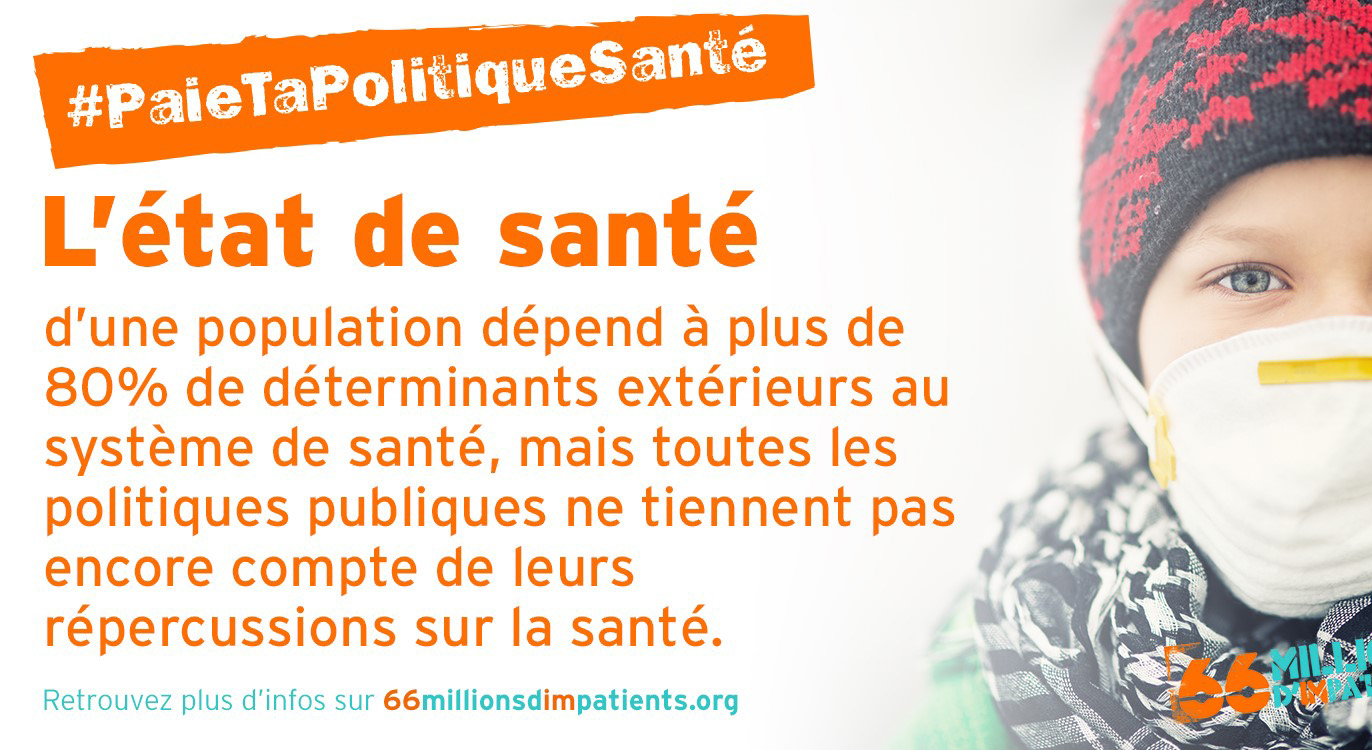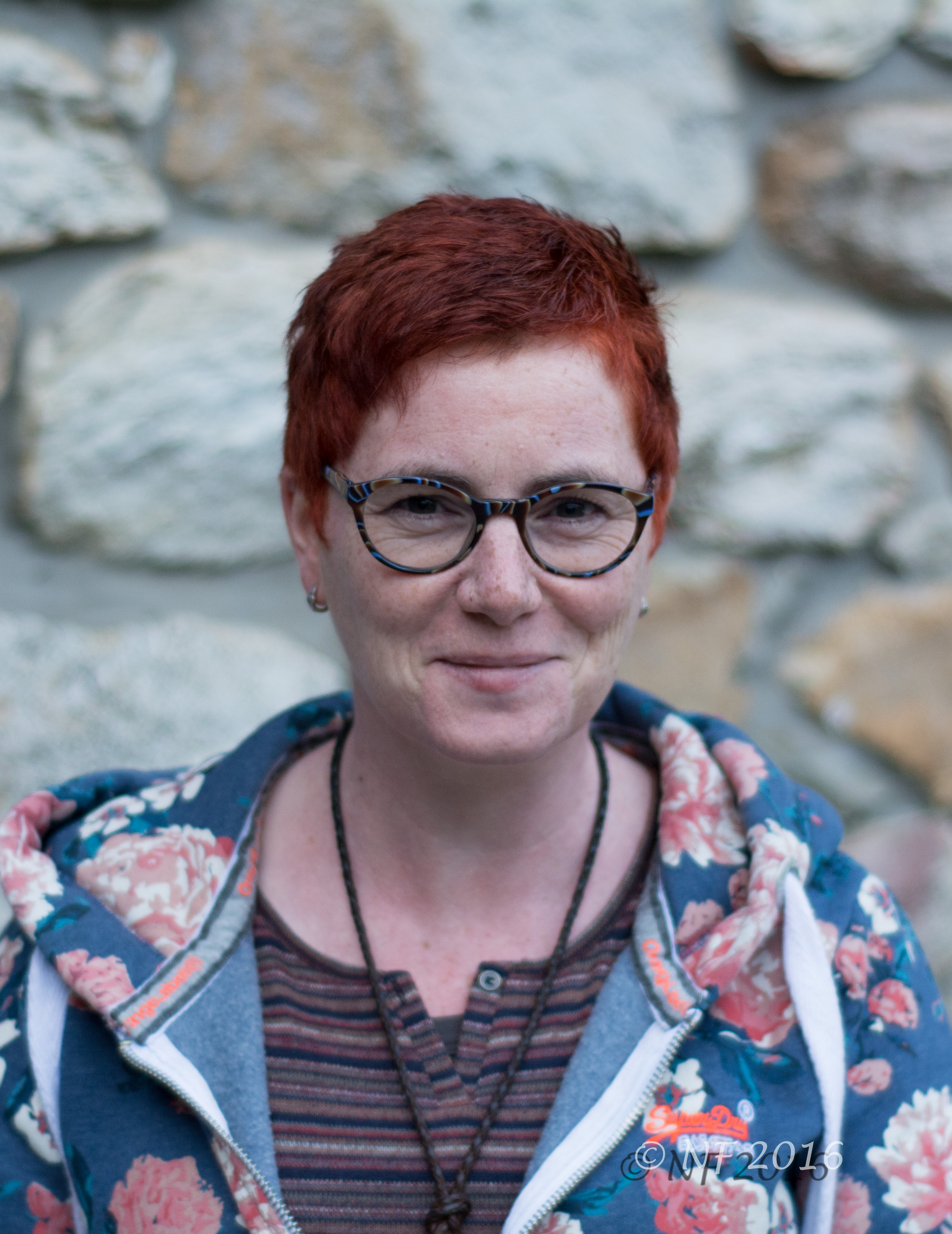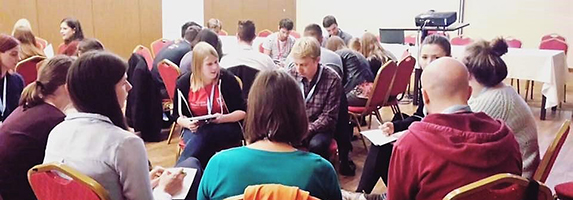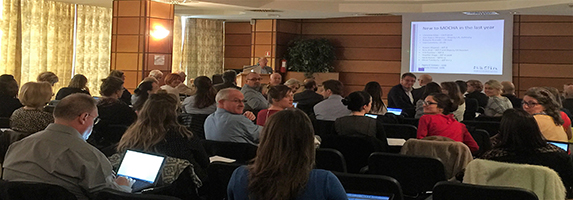“A searing pain like a red-hot poker piercing through your eye that prevents you from remaining still or from lying quietly in a darkened room” – this is how patients describe Cluster Headaches.
Affecting up to 4 in 1,000 people, the prevalence of cluster headaches is similar to the incidence of Multiple Sclerosis and Parkinson’s Disease. Despite this, it is still under-recognized and under-treated. In an effort to raise awareness on this chronic illness among policy-makers, the European Headache Alliance and the European Headache Federation organised a meeting in the European Parliament on 21st March 2017. The date was not a calendar coincidence: the number of attacks peaks at the equinox.
Unlike migraine which is more prevalent in women, cluster headache mainly affects men. The word “cluster” refers to a period of time lasting weeks or months.
“The worst thing is that you are not taken seriously”, said Miguel Angel Pascual, cluster headache patient and delegate from AEPAC Spain. “People tell you things such as ‘just have an aspirin’, so after a while you understand it is useless to keep explaining your situation. I have lost 5 jobs because of cluster headaches”.
“Beyond the need to raise awareness, we need to promote the connection between cluster headaches and disability”, said MEP Helga Stevens (ECR, Belgium). “We also need to see how we can overcome the barriers this condition represents to employment, by promoting flexible working arrangements, for instance”.
The claims put forward by patients with cluster headaches are reminiscent of that made by the European Patients’ Forum within the framework of its Access campaign. “There are not enough new drugs for Cluster headaches patients”, deplored Pr. Paolo Matelletti. Moreover, according to the European Headache Alliance survey on access to treatments performed recently, when they are available, these medicines might not be reimbursed, depending on the country of treatment.
Encouraging availability and affordability of healthcare products and services is one of the five major areas of the EPF Access campaign. “Action is needed both at European and Member state levels, where a lot of the levers for change are”, concluded Audrey Craven from the European Headache Alliance.
For more details, please visit:
Contact details:
Elena Ruiz de la Torre, European Headache Alliance President
Email: elena@europeanheadachealliance.org Tel: + 34 639 66 99 65
